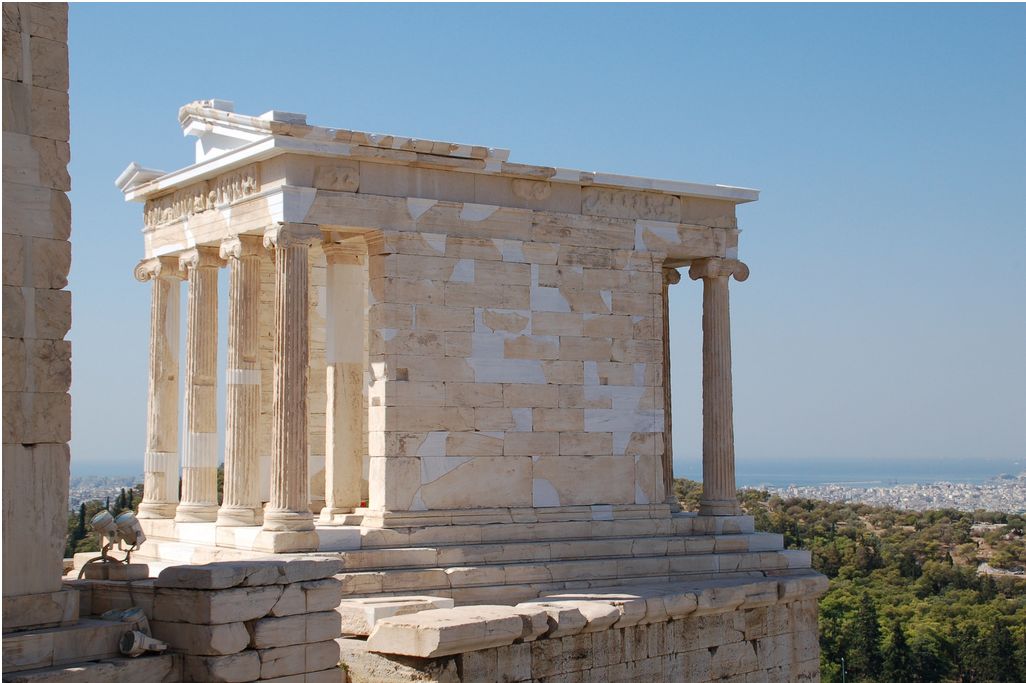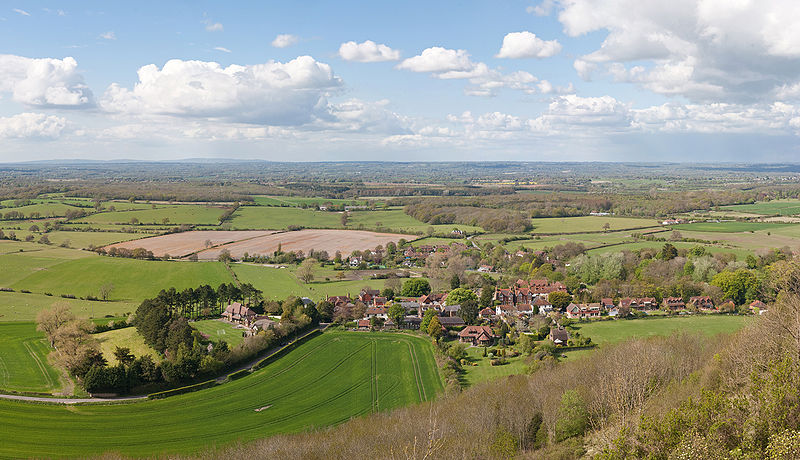Picture of the Day 10/17/14
 |
|
Wengen, Switzerland http://en.wikipedia.org/wiki/Wengen |
Word of the Day 10/17/14
Word: Oggend
Language: Afrikaans
Meaning: Morning


